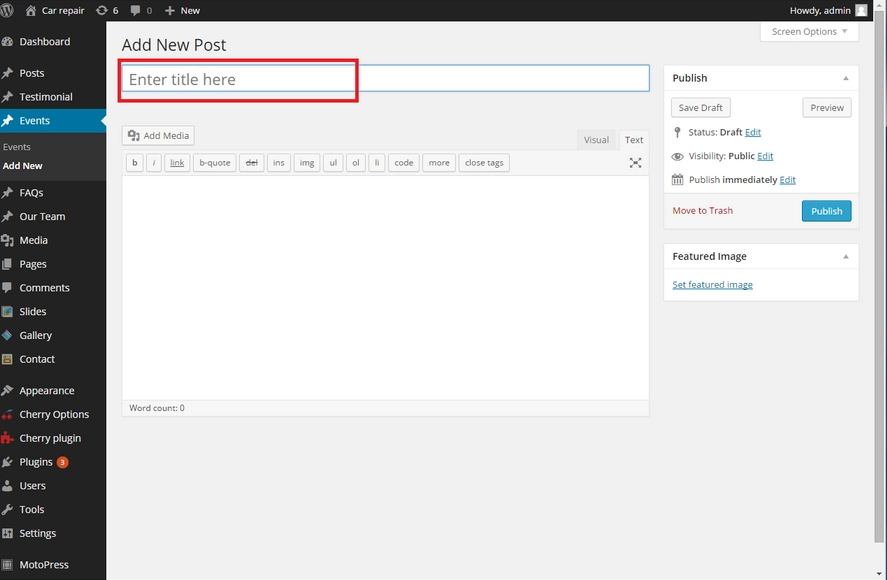It’s an unsurprising fact that a data science career is forward-looking, lucrative, and interesting. The demand for data science professionals has now accelerated at a much faster pace than ever before. It is believed to rise drastically in the coming 10 years.
The growth in data science career options is estimated to be 22% during 2020−2030, according to the U.S. Bureau of Labor Statistics. It is higher than a 7.7% rise in other types of jobs. The job of data scientist has been even considered the Sexiest Job of the 21st Century by HBR or Harvard Business Review.
If you’re a practitioner of the data science subject and curious to know which data science job is highly demanding and rewarding, what are the average salaries, and more, then use SQL. In this post, you’ll walk through different ways SQL can be used to get detailed insights into career options in data science.
SQL Role for Data Science Professionals
Data science, a term that deals with making sensible meaning of lots of data, is not restricted just to medicine and astronomy. It has now been adopted in the business sector for more confident and intellectual decision-making. For data analysis, it is essential to extract data from the database. This is when data scientists need to use SQL.
SQL (structured query language) was among the 5 widely used programming languages in 2022 (source_Statista). In data science, this programming language is often used to handle structured data which is stored in a relational database. Data scientists need to use SQL for data extraction, data transformation, data aggregation, data visualization, and data exploration.
SQL can be a stepping stone for aspiring candidates seeking career paths in data science. By leveraging SQL, they can make informed decisions to make their data science journey easier. This programming language can be used to stay updated about the changing data science sector and successfully navigate career paths.
How SQL Can Be Used to Understand Data Science Job Market?
Data science practitioners can use SQL in the following ways to get insights into the respective job market.
- Discover Highly Demanded Data Science Job Titles
Leveraging SQL for analyzing high-demand job postings will assist you in finding the most common yet trending job titles in data science. Acquiring this information will help you prioritize the best data science career option in the future and develop the skills for the potential role.
The COUNT statement counts how often each job title occurs. The outcomes are sorted in descending order, showing the common jobs at the top.
SELECT job_title, COUNT(*) as job_count or TotalEmployees
FROM datascience_salaries
GROUP BY job_title
ORDER BY COUNT(*) DESC
LIMIT 10;
- Estimating Average Salary
Using SQL, professionals can find the average salaries for varying experience levels. The average salary analysis will assist you in negotiating the right package and getting a data science job with high earning potential.
The SELECT statement will select data from the database and GROUP BY groups the extracted data based on experience level. The AVG function determines average salaries for different groups and experience levels.
SELECT experience_level as TotalEmployees, AVG(salary)
FROM salary_data
GROUP BY role or experience_level
ORDER BY TotalSalary_Amount desc;
- Finding Job Location
Geographical analysis on different job roles is a walk in the park using SQL. By grouping the job postings based on their location, you can find locations with the higher potential of rewarding career paths in data science and making confident decisions. The COUNT function will find job postings in each area and arrange them in descending order.
SELECT location, COUNT (*) as Location_Count from ‘datascience_salaries’
FROM salary_data
GROUP BY location
ORDER BY LocationCount desc
Limit 7;
Analyzing the results will assist you in targeting locations that are hubs for data science job, easing the relocation decision-making.
- Analyzing Potential Earnings Based on Company Size
Using aggregate functions like MIN, MAX, and AVG allows data scientists to understand how salary distribution differs based on the company size. Armed with this data, you can estimate the potential earnings based on the company you wish to become a part of.
SELECT company_size, AVG(salary) as avg_salary, MIN(salary) as min_salary, MAX(salary) as max_salary
FROM salary_data
GROUP BY company_size;
- Analyzing Postings with Top Salaries
Again, using the AVG function helps determine the average salary for different job titles in data science. Acquiring the calculated data will result in highlighting the well-paid career paths in data science for a rewarding future.
SELECT job_title, AVG(salary) as avg_salary
FROM salary_data
GROUP BY job_title
ORDER BY avg_salary DESC
LIMIT 5;
- Analyze Research Papers and Industry Trends
Using SQL can be a great source for understanding the latest data science career trends and mastering your skills based on the rising requirements. By analyzing different social media platforms using relevant data science keywords and hashtags, you can measure the demand for several topics. In addition, SQL can assist in exploring key research topics and recommended authors.
Conclusion
Data science is a well-paid and popular job among other various career options with a growing scope. SQL proves to be the ultimate guide in having a comprehensive insight into a career in data science, helping with informed career decisions.












Leave a Reply